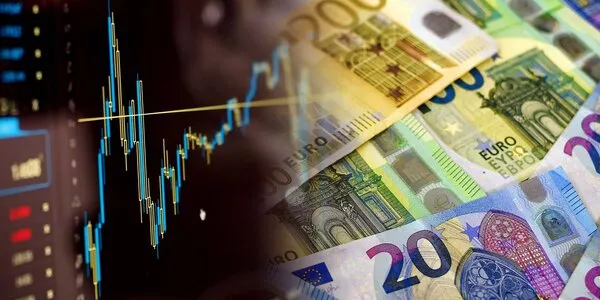
Weekly Update - End of the year 2022: time for a review and outlook
The end of the year is a good time for assessments. A year ago, our economic and fiscal outlook for 2022 was clearly positive. Growth was indeed expected strong by the consensus, with the end of the reopenings and the expenditure of surplus savings, the decline in inflationary pressures then considered transitory as well as the only progressive normalization of monetary and fiscal policies. However, these outlooks were quickly ‘offside’ by a combination of shocks involving a sharp slowdown in activity and very high inflation:
- Russia’s invasion of Ukraine has shaken the global environment. European economies have been particularly hard hit, both by a sharp drop in confidence and the energy crisis. Beyond the immediate impact, this invasion has also disrupted the geopolitical balance with potential future impacts on trade balance.
- Inflation has been persistent. The new massive shock on commodity prices has made inflation pressures more sustainable. The central banks have tightened their monetary policy significantly: the Fed, the ECB and the BoE have respectively increased their rates by 450, 250 and 350 basis points and have begun to reduce the size of their balance sheets. These rapid rate rises have raised the risk of financial instability for indebted agents/sectors (e.g. the United Kingdom).
- Continued zero-COVID policy in China and a lack of a meaningful plan to support the real estate sector resulted in a sharp slowdown in growth.
This context weighed on all major financial asset classes, which experienced very negative performances. On the equity side, the main indices underwent strong corrections due to the deterioration in activity and the rise in interest rates, strongly penalizing growth values. Emerging equity markets have suffered from the Chinese news, between slower activity and increased commercial and regulatory risk. On the bond side, markets recorded their worst year since the 1980s. The correction was more marked on indices with long duration. In this environment, the dollar appreciated sharply against virtually all currencies due to the interest rate differential, the energy crisis and strong risk aversion (safe haven). Also reflecting this particular context, oil was the other asset with a good performance over the year.
The year 2023 opens with a still complicated economic context, with the expected continuation of the slowdown in developed economies. While inflation could decline rapidly due to positive base effects on energy and goods prices, continued underlying service price pressures will encourage central banks to remain vigilant. This environment remains favourable to an overall cautious allocation in terms of risk, aiming to favour a search for yield on bonds, short maturities or debt of well-rated companies, or the regions/sectors of the most defensive equity markets.
Finally, in the main events of the week, we have chosen to talk about the monetary policy of the world main central banks as well as the world first carbon tax at the border of the EU.





